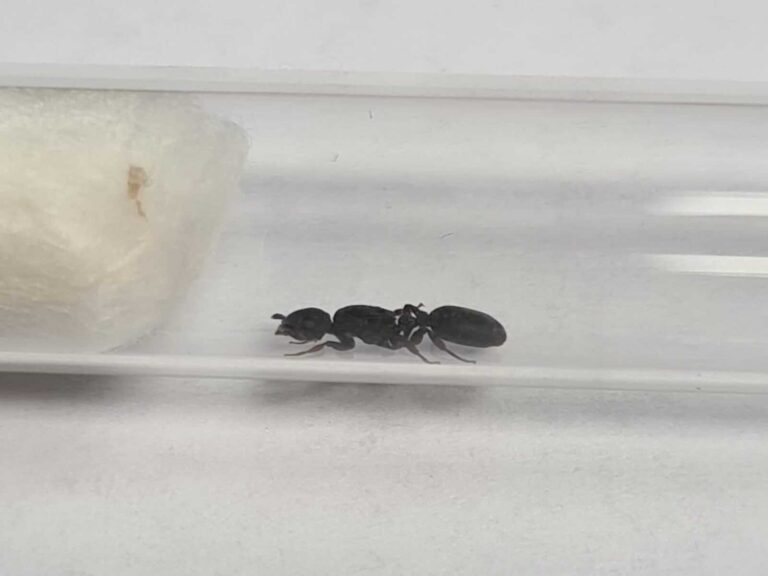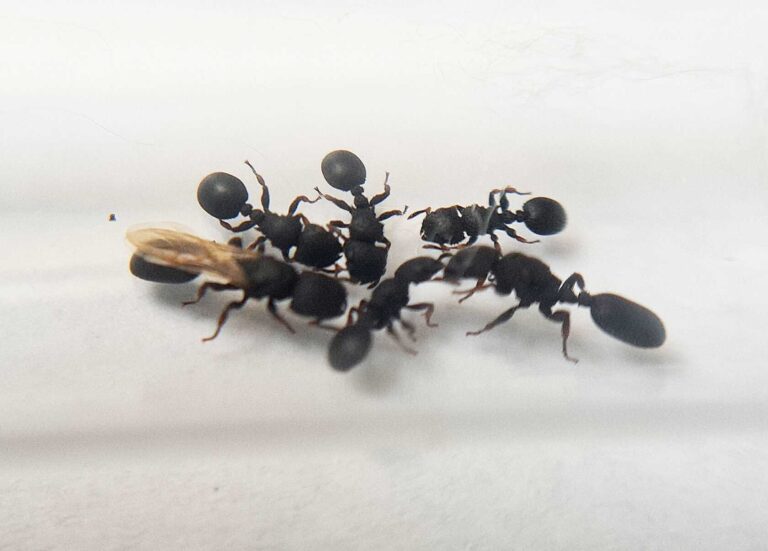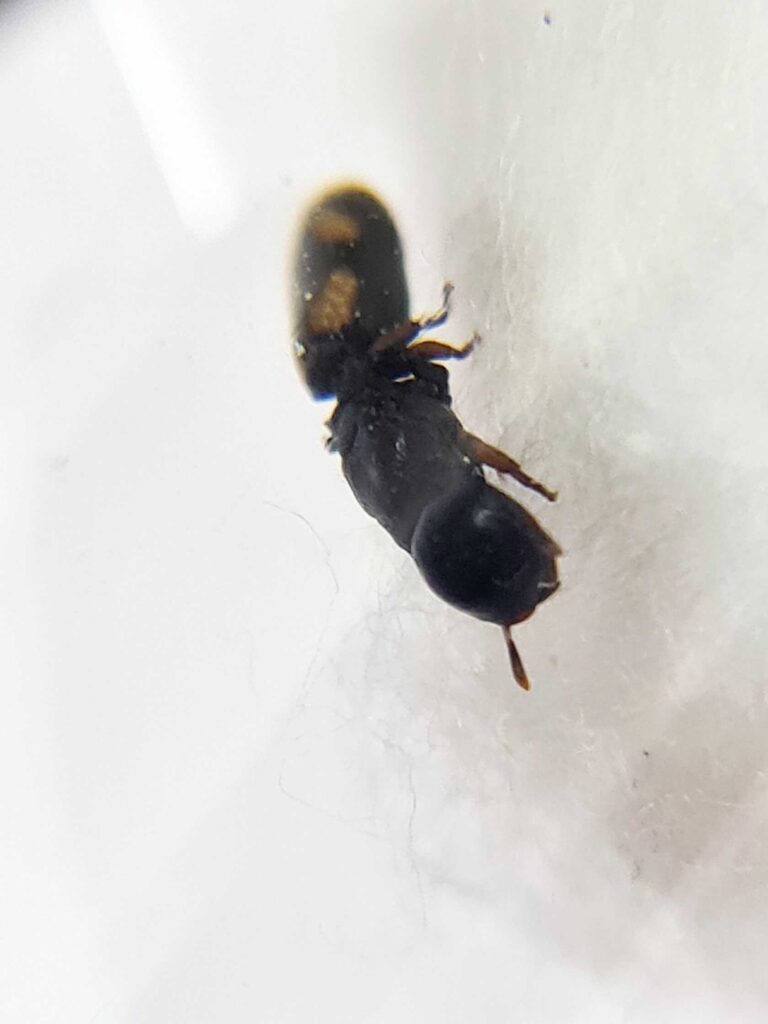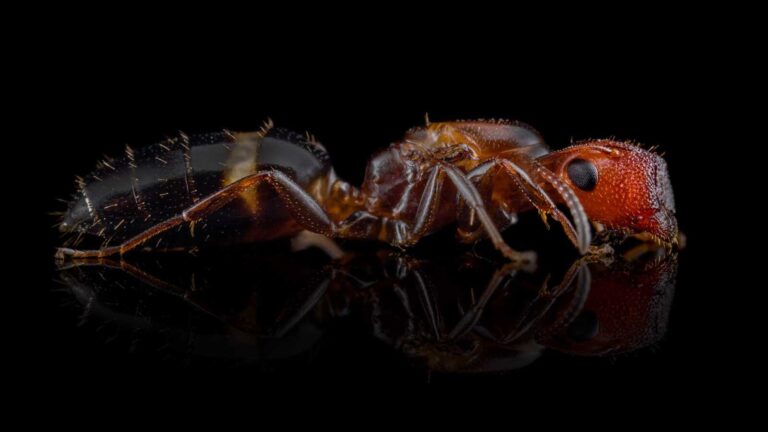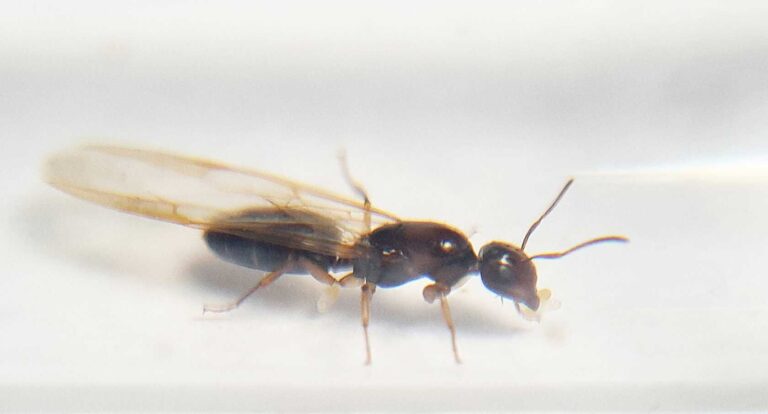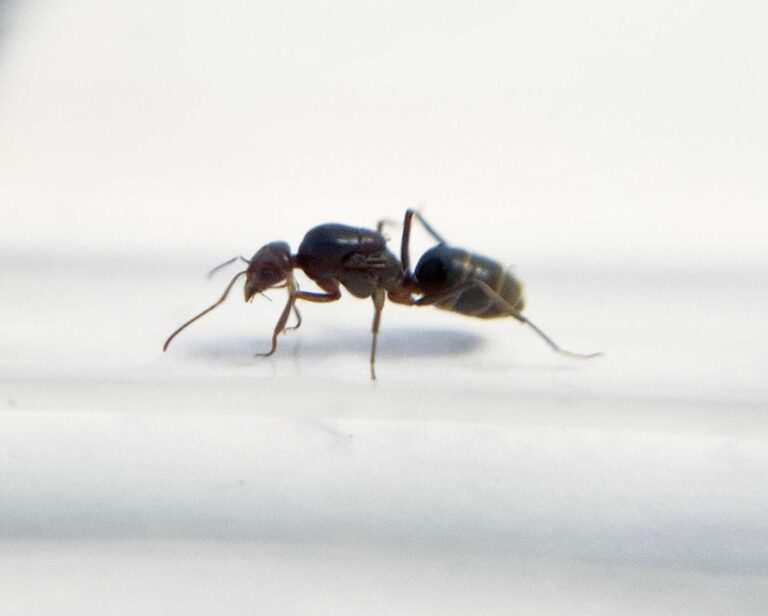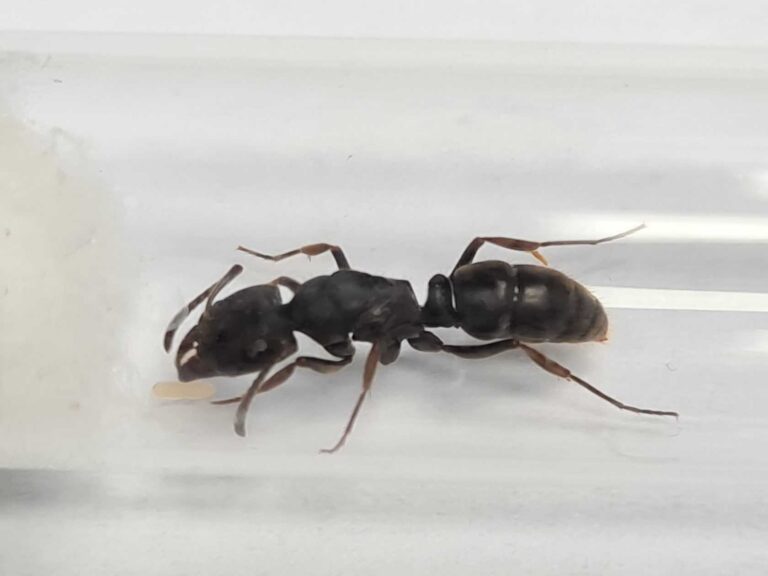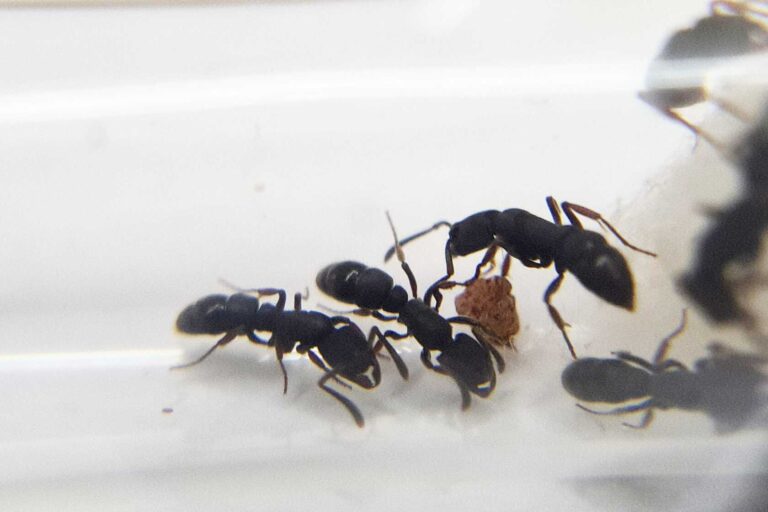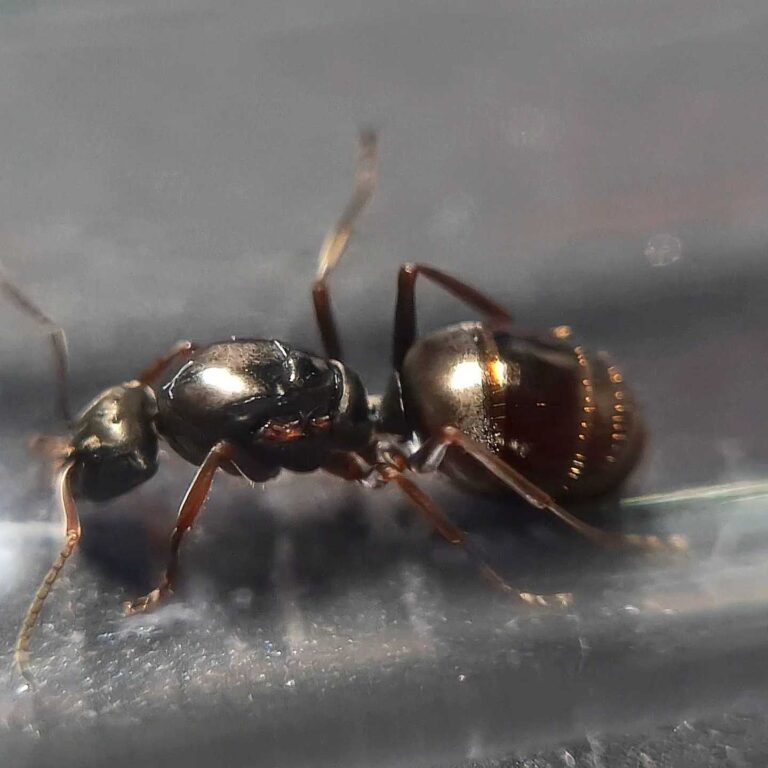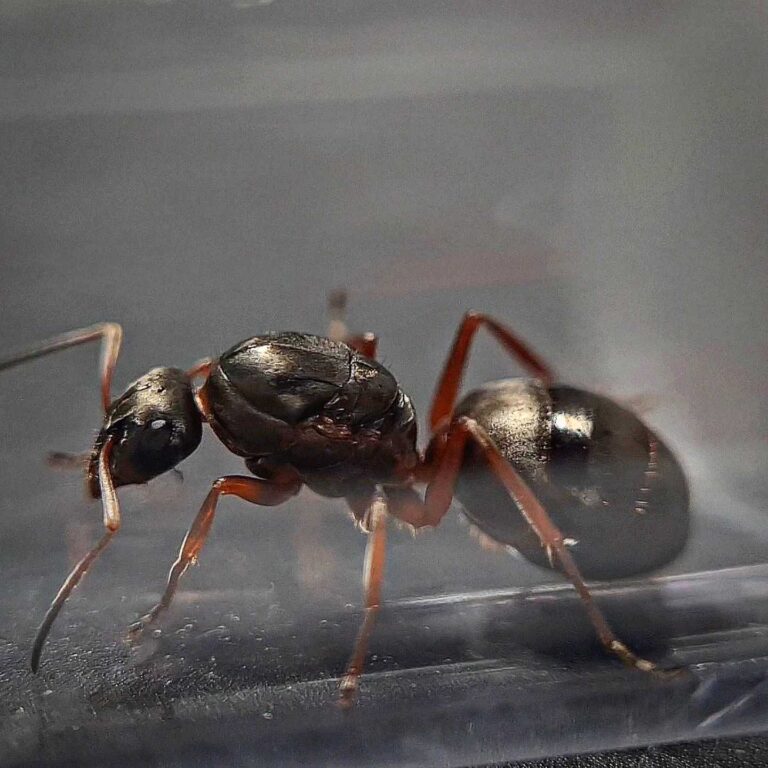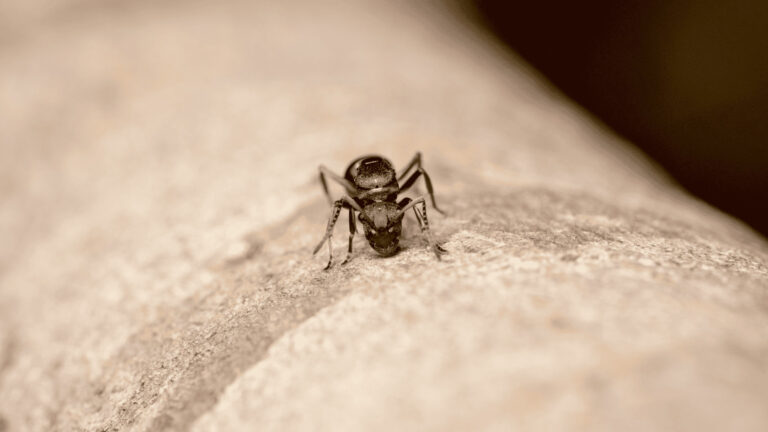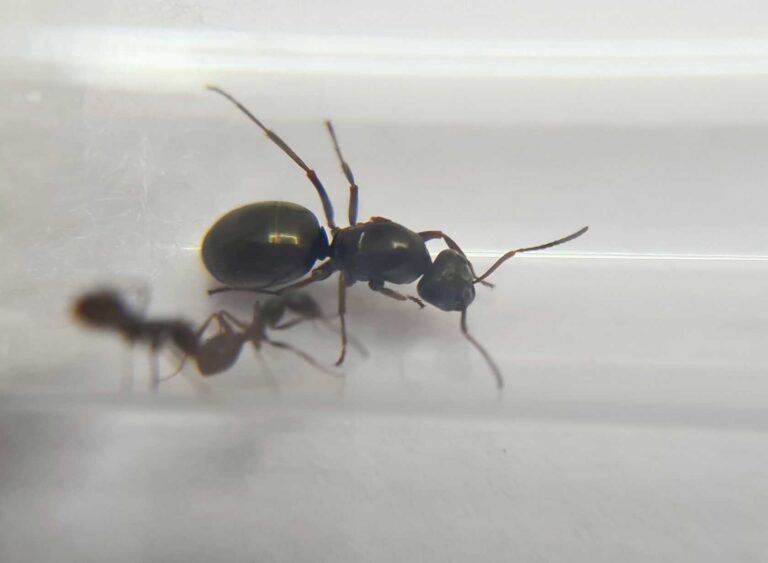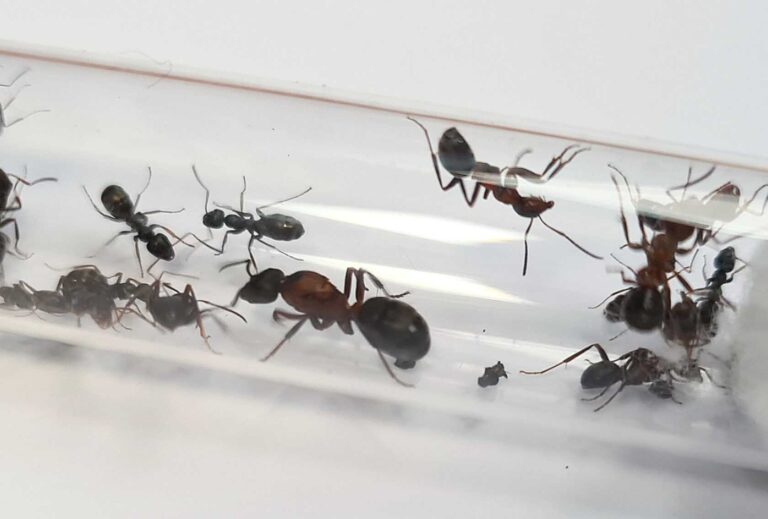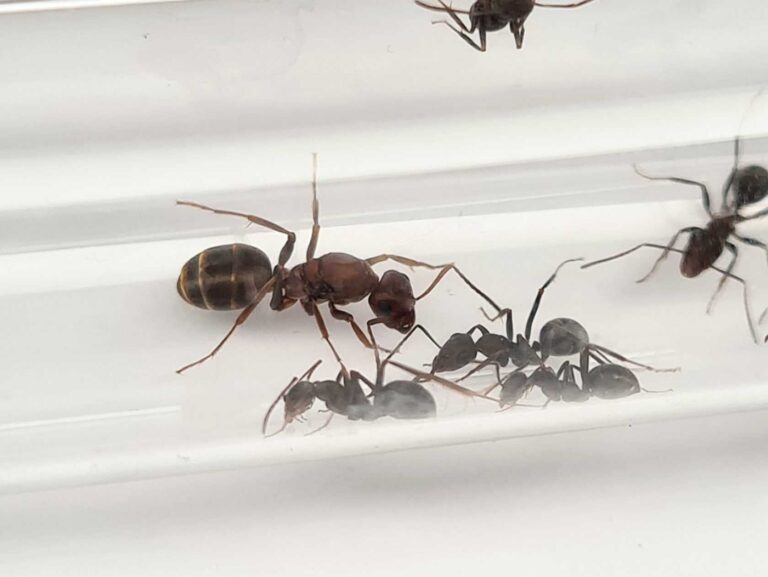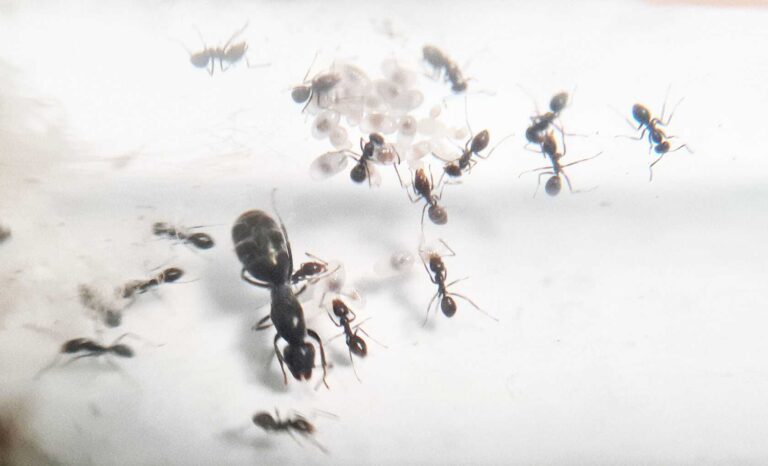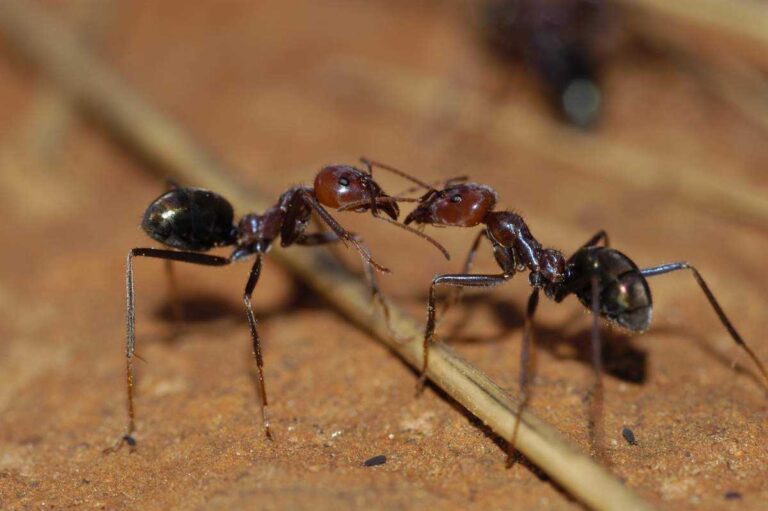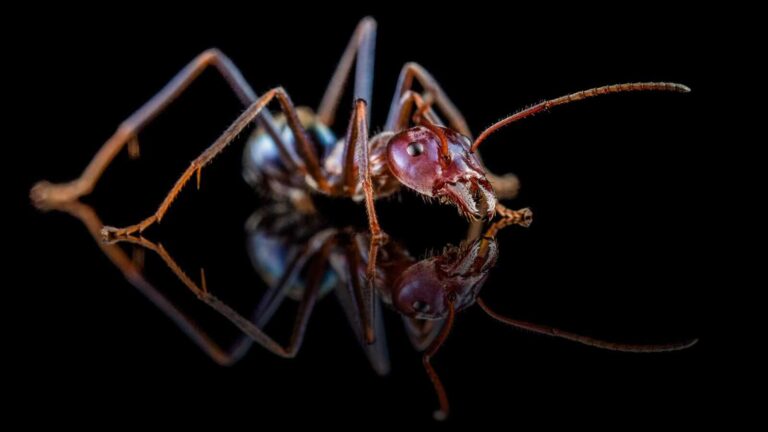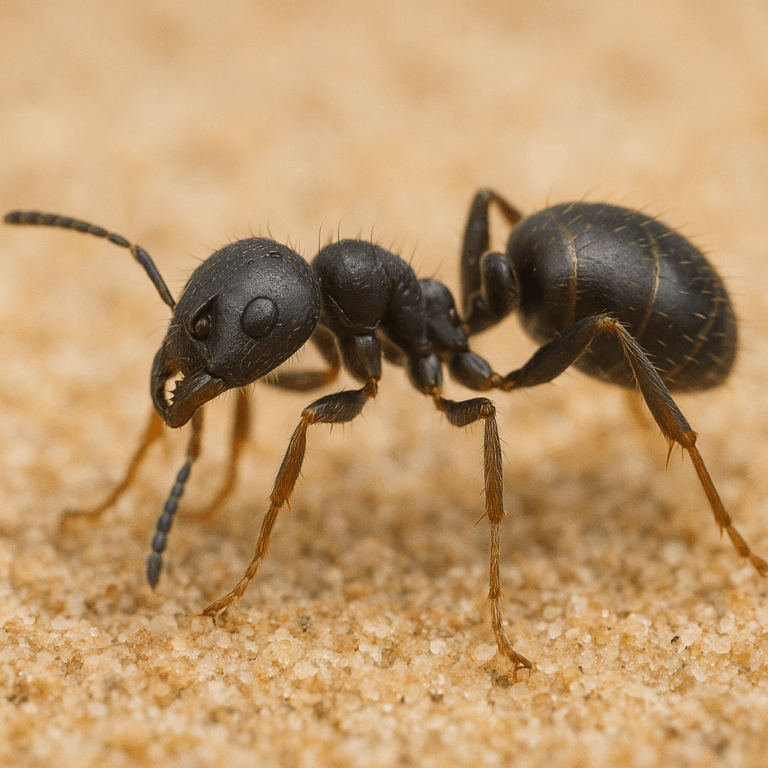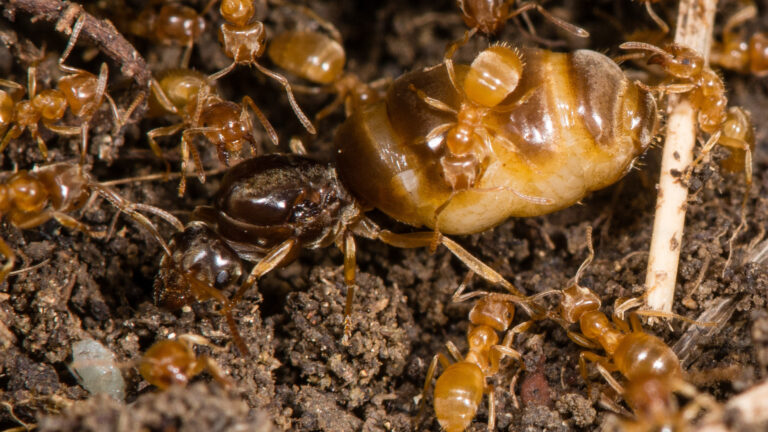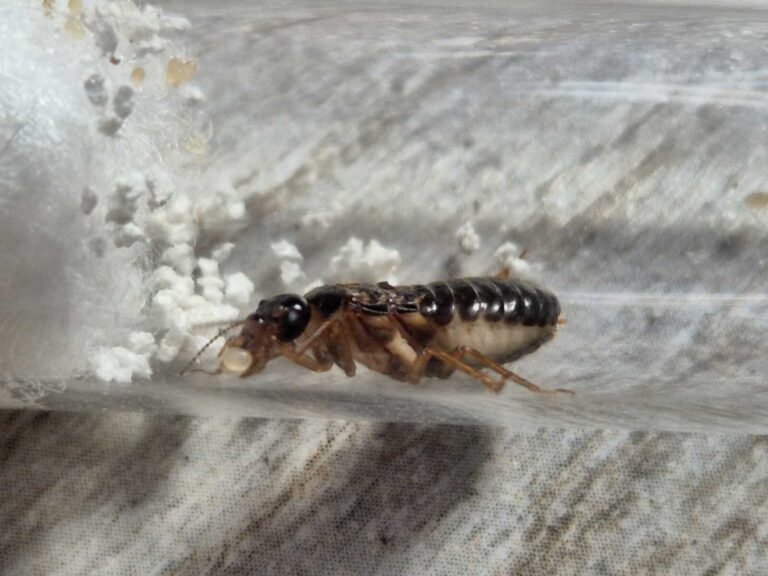Showing 81–100 of 126 results
- Queen 119
- Queen and 1-50 workers 7
- Queen and 1-3 workers 116
- Queen and 4-10 workers 115
- Queen and 11-20 workers 115
- Queen and 21-40 workers 115
- Queen and 41-60 workers 112
- Queen and 61-100 workers 74
- Queen and 51-100 workers 7
- Queen and 101-200 workers 16
- Queen and 201-500 workers 9
- Queen and 501-1000 workers 3
- 2 Queens 12
- 2 Queens and 1-50 workers 6
- 2 Queens and 1-3 workers 9
- 2 Queens and 4-10 workers 9
- 2 Queens and 11-20 workers 9
- 2 Queen and 21-40 workers 8
- 2 Queens and 41-60 workers 8
- 2 Queens and 61-100 workers 4
- 2 Queens and 101-200 workers 7
- 2 Queens and 51-100 workers 6
- 2 Queens and 201-500 workers 5
- 2 Queens and 501-1000 workers 1
- 3 Queens 4
- 3 Queens and 1-50 workers 6
- 3 Queens and 1-3 workers 3
- 3 Queens and 4-10 workers 3
- 3 Queens and 11-20 workers 3
- 3 Queens and 21-40 workers 3
- 3 Queens and 41-60 workers 3
- 3 Queens and 61-100 workers 2
- 3 Queens and 51-100 workers 6
- 3 Queens and 101-200 workers 7
- 3 Queens and 201-500 workers 5
MicroMicro 9
SmallSmall 23
MediumMedium 65
LargeLarge 28
HugeHuge 1
Cataulacus granulatus is a polygynous ant species with a fast development speed. The colony size is approximately 1000 individuals. The queen measures 7-9 mm in size, while the workers measure 5-6 mm. They are black in color. Their nutrition consists of food insects, syrup, fruit, vegetables, jelly, and cooked chicken without salt. The required humidity level is not specified.
The captivating ant species, Cataulacus horridus, is loved by ant-keepers for its unique characteristics and interesting behaviors. With the ability to thrive in polygynous colonies, this species amazes enthusiasts with its harmonious coexistence of multiple queens. Discover the allure of Cataulacus horridus and its intriguing social structure.
The Cephalotes Minutus ants are a unique species known for their polygynous colonies and colony sizes of up to 10,000 workers. With a moderate development speed, these ants are fascinating to observe and care for.
Colobopsis truncata is a monogynous ant species with colony sizes of up to 1000 workers. They have a medium development speed and typically measure 6-8mm for queens and 3-5mm for workers. They are reddish brown in color, with a brownish-black belly and top of the head. Their diet consists of food insects, syrup, fruit, vegetables, jelly, and cooked food.
Colobopsis vitrea is a monogynous ant species with a colony size of up to 1000 workers. They have a medium development speed and their queen is 8-11mm in size while workers are 3-7mm. The ants are reddish brown in color and can be fed with food insects, syrup, fruit, vegetables, jelly, and cooked chicken without salt.
Crematogaster minutissima is a monogynous ant species with colonies of up to 10,000 workers. They have a fast development speed and the queen measures 5-7 mm while the workers are 2-3.5 mm in size. They are yellow, with a brownish-yellow tint. Their diet includes food insects, syrup, fruits, vegetables, jelly, and cooked chicken.
Dorymyrmex pogonius is a monogynous ant species with colony sizes of up to 5000 workers. They have a slow development speed and the queen measures 9-10 mm while workers measure 4-6 mm. They are characterized by their black color with a red-orange flake. Their nutrition consists of food insects, syrup, fruit, vegetables, jelly, and cooked chicken without salt.
Summary: Ectomomyrmex astutus is a monogynous ant species with colonies of up to 500 workers. They have a medium development rate and the queen measures 12-13mm while workers measure 9-12mm. They are black in color and their diet includes food insects, syrup, fruits, vegetables, jelly, and cooked chicken without salt.
Ectomomyrmex leeuwenhoeki is a species of ant that has a polygynous colony type and a medium development rate. The queen ant measures 9-11 mm while workers measure 8-10 mm in size. They are black in color and require a diet of live insects and fruit. This ant species thrives in environments with 60-80% humidity and temperatures ranging from 21-29 °C.
Formica cinerea is a medium-sized ant species with gray coloration. They form monogynous colonies of up to 10,000 workers. They require a medium development speed and prefer a diet of insect food, syrup, fruits, vegetables, jelly, and cooked chicken. They thrive in humidity.
The Formica cunicularia ant species is monogynous and can grow up to a colony size of 10,000 workers. They have a medium development rate. The queen ant measures 8-11mm while the workers measure 4-6mm. They have a rusty chest color with a dark gray belly and head. Their diet includes food insects, syrup, fruits, vegetables, jelly, and cooked chicken without salt.
Formica fusca is a polygynous ant species with colonies of up to 5000 workers. They have a medium development speed and the queen measures 10-12mm, while workers range from 3-6mm. The ants have a black abdomen and a brown back with black spots. Their nutrition includes insect food, syrup, fruit, vegetables, jelly, and cooked chicken without salt.
The Formica lemani colony is monogynous and can have up to 10,000 workers. They have a medium development rate. The queen is 8-10mm in size, while the workers are 4-7 mm. They are uniformly black or brown in color. They feed on food insects, syrup, fruit, vegetables, jelly, and cooked chicken without salt.
Formica sanguinea is a captivating ant species with polygynous colonies that can have multiple queens. These medium-sized colonies contain up to 5000 ants, making them an interesting choice for ant enthusiasts. The queen ants measure 9-12 mm in length.
Iberoformica subrufa, the Red-brown Ant, is a polygynous species known for its complex social structure. With multiple reproductive queens in a single colony, it exhibits a high level of organization and efficiency in various tasks.
Iridomyrmex bicknelli is a monogynous ant species with medium development rate and a colony size of up to 50,000 workers. The queen is 6-7 mm in size while the workers are 3-4 mm and the ants are black in color. They are fed with a variety of food including insects, syrup, fruits, vegetables, jelly, and cooked chicken without salt.
The Iridomyrmex purpureus ant is a monogynous species with colony sizes of up to 50,000 individuals. They have a very fast development speed. The queen measures 14-17mm while workers measure 6-11mm. They have a violet to rusty red head and chest, black gaster with purple reflections, and a grayer queen. Their diet includes food insects such as cockroaches and crickets, as well as syrup made from water and honey.
Lasius alienus is a species of ant commonly found in Europe and parts of Asia. It typically nests in soil, often under stones or in grassy areas. These ants are small, dark brown to black, and are known for their cooperative colony behavior. Lasius alienus plays an important role in the ecosystem by aerating soil and preying on small insects.
Lasius flavus is a peaceful, slow-growing species best suited for patient keepers who enjoy subtle colony dynamics over flashy surface activity. Their unique subterranean behavior, gentle disposition, and aphid-farming instincts make them a fascinating contrast to surface-foraging species like L. niger or L. alienus. Ideal for naturalistic setups and long-term observation, L. flavus offers a deep look into the hidden world beneath our feet.
Macrotermes cf. carbonarius is a species of large termites found in tropical regions. They are known for their unique characteristics and behaviors. The workers typically measure around 3-4 millimeters in size.


